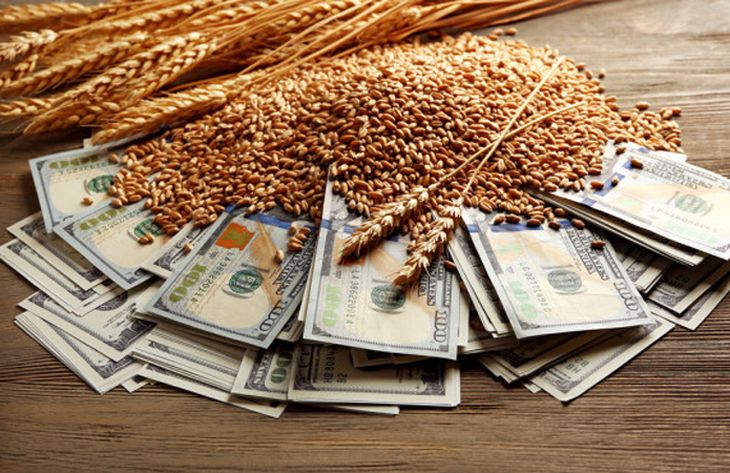The Perfect Storm: Factors Fueling the Surge in Global Wheat Prices in Q2 of 2024

Wheat prices are poised for a steady rise as the second quarter progresses, with Wheat futures witnessing a significant surge in the past month, according to recent analyses by market experts. This upward trajectory in prices is expected to be driven by a combination of factors, including heightened geopolitical tensions exacerbated by adverse weather conditions. Extreme weather occurrences in major Wheat-producing regions have profoundly affected the global Wheat market. Frost concerns in key European Wheat-producing areas and drought conditions in countries along with North American regions have led to a reduction in Wheat stockpiles, alongside speculative trading. Amid uncertainties surrounding crop conditions and export demands, market participants remain cautious.
Geopolitical conflicts have further compounded the situation. Escalating tensions between Russia and Ukraine, with attacks on crucial grain hubs disrupting supply chains, have pushed prices higher, impeding supply momentum. Moscow’s invasion, hindering Ukrainian supplies, is anticipated to result in global stockpiles remaining at their lowest levels in nearly a decade, as analysts surveyed ahead of the US government’s initial forecast for the upcoming season. This conflict has not only disrupted Wheat exports but also strained Ukraine’s workforce, with a significant portion mobilized for military service. Furthermore, economists caution that the price surge could exacerbate inflationary pressures, particularly in countries like the United States where inflation rates have exceeded expectations, negative influencing the consumer confidence overall.
Discussions on Wheat prices and crop development dominate market discourse across the Northern Hemisphere, with the first harvests of the 2024/25 crop year expected to provide crucial insights into supply availability and quality. Domestically, the outlook for the U.S. Southern Plains appears more positive as moisture levels and drought conditions improve. However, recent dry spells and fluctuating conditions have raised concerns about production prospects for 2024. The persistent moisture deficit in some areas may keep Wheat prices elevated, although improvements in other regions and the potential for timely rains could offset the impact. Additionally, wildfires in western Canada amid severe droughts pose a significant threat. These wildfires not only risk contaminating Wheat with smoke but also damage transportation infrastructure, potentially causing delays and increasing shipping costs, thereby impacting Wheat prices. As a result, as per the ChemAnalyst anticipation, the prices of Wheat are likely to soar in the future ahead of trade disruption and weather concerns.
Efforts to mitigate the effects of rising Wheat prices are underway, with policymakers closely monitoring geopolitical and agricultural developments. However, the complexity of the situation, compounded by ongoing conflicts and unpredictable weather patterns, poses significant challenges to global food security and economic stability. Nonetheless, the recent surge in Wheat prices underscores the fragility of global supply chains and emphasizes the importance of proactive measures to address emerging challenges in the agricultural sector.
Read also
Wheat in Southern Brazil Impacted by Dry Weather and Frosts
Oilseed Industry. Leaders and Strategies in the Times of a Great Change
Black Sea & Danube Region: Oilseed and Vegoil Markets Within Ongoing Transfor...
Serbia. The drought will cause extremely high losses for farmers this year
2023/24 Safrinha Corn in Brazil 91% Harvested
Write to us
Our manager will contact you soon



